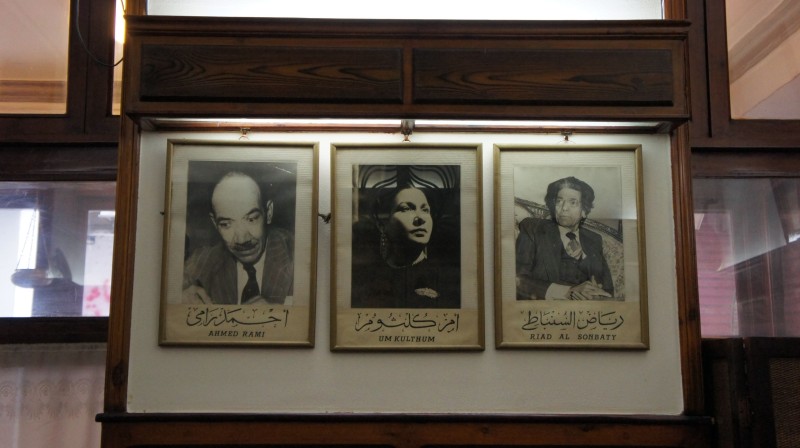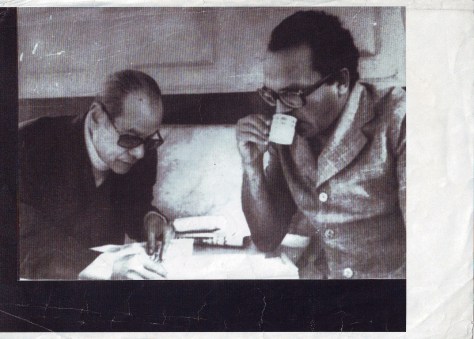We are sad to see that one of Cairo’s golden-age landmarks of Egypt’s cultural and political heritage is closing due to the death of its owner. Founded in 1908 two blocks from Tahrir Square on Talaat Harb St., Café Riche has been a hub for the Egyptian intelligentsia and a number of influential characters in Egypt’s history, from writers and artists to activists and politicians, as well as a tourist attraction for visitors.
It is one of only a number of cafés that serves alcohol in Wust El Balad; in the 1990s, its open-air, outdoor seating area became an enclosed sunroom with curtained windows to veil the Stellas from passersby. During the Jan. 25, 2011 revolution, just like in 1919 and 1952, it was used as a refuge for protestors.
Not only has Café Riche witnessed decades of historical shifts in Egypt, it has also been the site of history in the making. King Farouk claimed he met his second wife there. In its basement lies a press that was used in 1919 to print pamphlets against British colonial rule. In 1923, Oum Kalthoum performed at Café Riche in one of her first performances in Cairo.
Gamal Abdel Nasser is also said to have plotted the 1952 revolution at Café Riche. Nobel laureate Naguib Mahfouz, who deemed it a “refuge from the pain of loneliness” in one of his novels, was a regular and “dean of Arabic literature” Taha Hussein launched the journal Al-Katib Al-Misri from within its walls.
In honor of Café Riche, we have collected a few photos to remember the history that came about in this remarkable place and to keep its beauty alive.













WE SAID THIS: Don’t miss Cairo in Photos: Then and Now.


